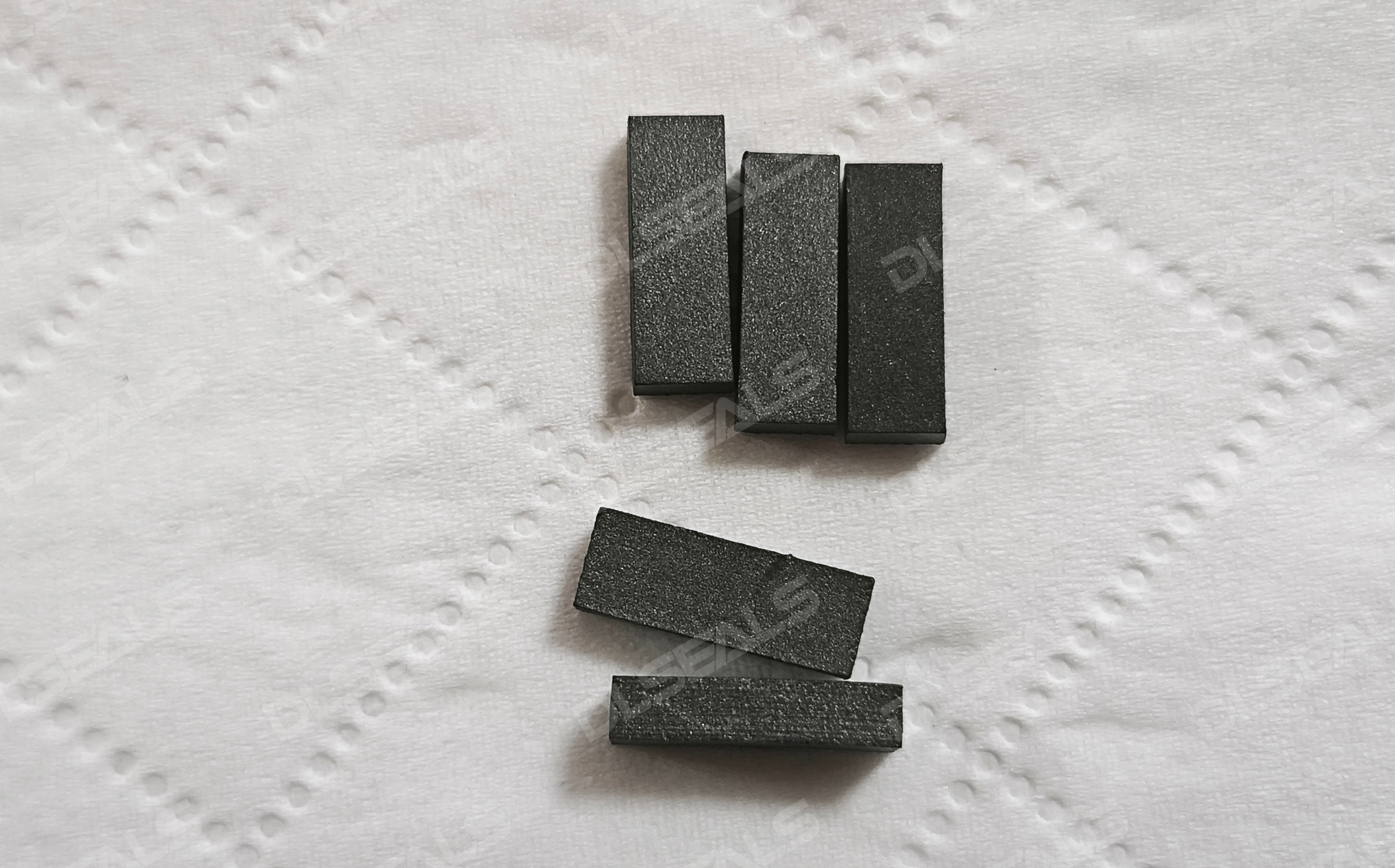In the ongoing development of engine technology towards higher efficiency and energy savings, optimizing every component is crucial. The oil pump, the “heart” of an engine’s lubrication system, directly impacts its reliability, power, and fuel economy. The traditional fixed-displacement oil pump, due to its inherent energy waste, is gradually being replaced by the smarter variable displacement oil pump. This article will provide an in-depth analysis of how variable displacement oil pumps work, their advantages, and focus on a key component—the rectangular slider seal—found in one prominent type.
I. The Dilemma of Traditional Fixed-Displacement Oil Pumps
The output of a fixed-displacement oil pump is proportional to engine speed. To ensure sufficient lubrication under high-speed, high-load conditions (e.g., rapid acceleration), its capacity must be designed for maximum demand. However, during low-speed, low-load conditions (e.g., idling, city driving) which constitute most driving time, it pumps far more oil than needed.
Core Problem: The excess oil is diverted back to the oil sump through a pressure relief valve. This process of “pumping and relieving” consumes engine power, causing “parasitic loss” and resulting in reduced fuel economy. It is a “one-size-fits-all” design that sacrifices everyday efficiency to ensure performance in extreme situations.
II. The Variable Displacement Oil Pump: An Intelligent, On-Demand Solution
The variable displacement oil pump can automatically adjust its output based on the engine’s real-time operating conditions (speed, load, temperature, etc.), enabling precise management of oil supply.
Core Objective: To ensure adequate lubrication while minimizing the power required to drive the pump itself, thereby improving fuel economy.
III. Two Main Technical Paths and the Core Seal
There are two primary types: the variable displacement vane pump and the radial piston pump (slider-type variable pump). The latter highlights the critical role of the seal.
1. Variable Displacement Vane Pump (Most Common)
- How it works: It uses a movable stator ring. When high oil pressure is needed, oil pressure moves the ring to increase the eccentricity relative to the rotor, maximizing pump chamber volume and output. When demand is low, a spring reduces the eccentricity, decreasing output and saving power.
2. Slider-Type Variable Pump (Radial Piston Pump)
- Structure: This design features a movable eccentric ring and several rectangular sliders that move radially.
- The Core Component – The Rectangular Slider Seal: Each slider has a groove at its top where a rectangular seal strip is installed.
- Function of the Seal: This seal is the lifeline. Its edge, pressed by a small spring and oil pressure, maintains tight contact with the inner wall of the eccentric ring during operation. It creates a dynamic seal, preventing high-pressure oil from leaking back to the low-pressure side (“internal leakage”). Its integrity is paramount for the pump’s efficiency and ability to build pressure.
IV. Advantages of Variable Displacement Oil Pumps
- Significantly Improved Fuel Economy: Reduces parasitic loss by 2-5%, a key technology for meeting emissions regulations.
- Optimized Lubrication: Provides more stable and precise oil pressure.
- Better Engine Response: Reduces engine load, making it more responsive.
- Helps Reduce Emissions: Lower fuel consumption directly reduces CO2 emissions.
V. Conclusion and Outlook
The variable displacement oil pump represents a shift towards precise, intelligent management in engines. The rectangular slider seal, though small, is a masterpiece of materials science and precision engineering. Its performance dictates the reliability and efficiency of the entire system. While fully electric oil pumps represent the future, particularly in hybrid vehicles, the variable displacement oil pump remains a mature and indispensable core technology for the modern internal combustion engine.
Post time: Oct-29-2025

